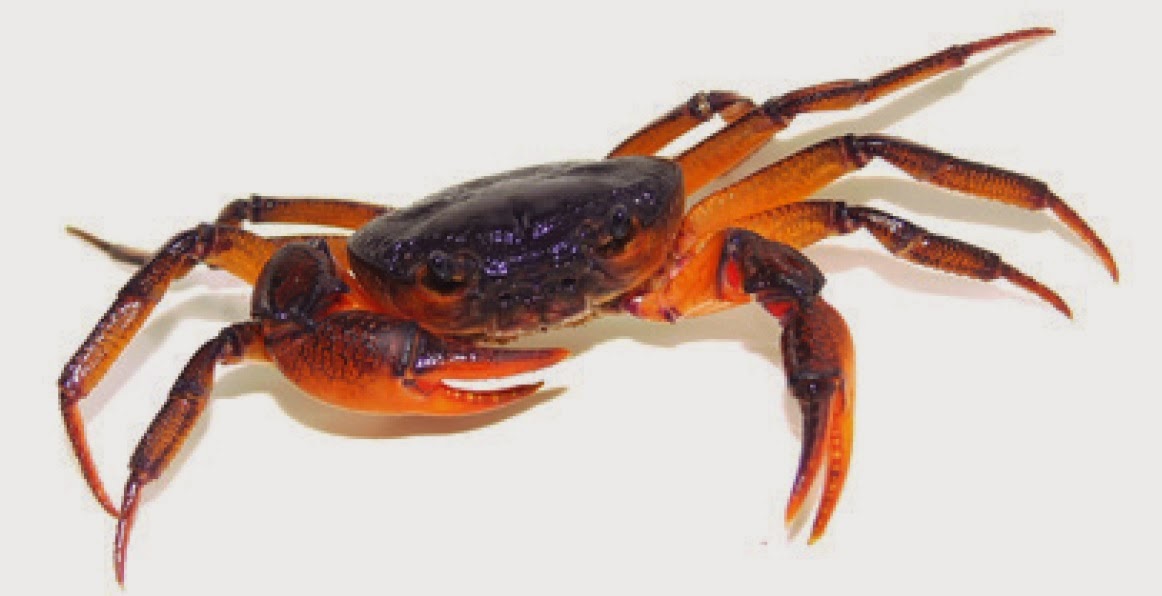Pea Crabs of the genus Indopinnixa are
found living commensally in the burrows of Sipunculan Worms across South and
Southeast Asia. They are morphologically quite variable, with different species
having different carapace structures and numbers of fused segments, but all are
quite small, which gets the group its vernacular name.
In a paper published in the Raffles Bulletin of Zoology on 26
September 2014, Peter Ng of the Lee Kong Chian Natural History Museum at the
National University of Singapore describes a new species of Pea Crab from a
lagoon on St. John’s Island, Singapore.
The new species is named Indopinnixa shellorum,
in honour of Shell Singapore Private Limited, for its support of a national
science program with the Singapore Science Centre to train young students in
research and for its support of the Raffles Museum Visiting Scientist Program.
The species is described from a single male specimen collected from the burrow
of a Sipunculid Worm, Sipunculus norvegicus,
living in the intertidal zone. The specimen is orange-white, oval in shape and
4.01 mm wide by 2.45 mm long. Sipunculus norvegicus
is an extremely widespread species, found from the Atlantic across south Asia
to the West Pacific, and if Indopinnixa shellorum
is commensal with this species then it may be quite widespread.
Indopinnixa shellorum, male (4.01 × 2.45 mm), St. John’s Island, Singapore. (A) Dorsal view;
(B) frontal view. Ng (2014).
See also…
Crabs are Decapod Crustaceans related to Shrimps...
Freshwater Crabs of the genus Geothelphusa,
are known from Taiwan, the Ryukyu Islands and the main islands of Japan. To
date 55 species have been described, 38 of which are found in Taiwan and its
adjacent islands, fifteen are found in the Ryukyus and...
Gall Crabs, Cryptochiridae, are colony-forming Crabs inhabiting Coral reefs. They dwell in tunnels within the Coral surface, often at very high population densities, the females causing the Corals to form galls (tumour-like growths) which they use for protection.
Gall Crabs, Cryptochiridae, are colony-forming Crabs inhabiting Coral reefs. They dwell in tunnels within the Coral surface, often at very high population densities, the females causing the Corals to form galls (tumour-like growths) which they use for protection.
Follow Sciency Thoughts on Facebook.




